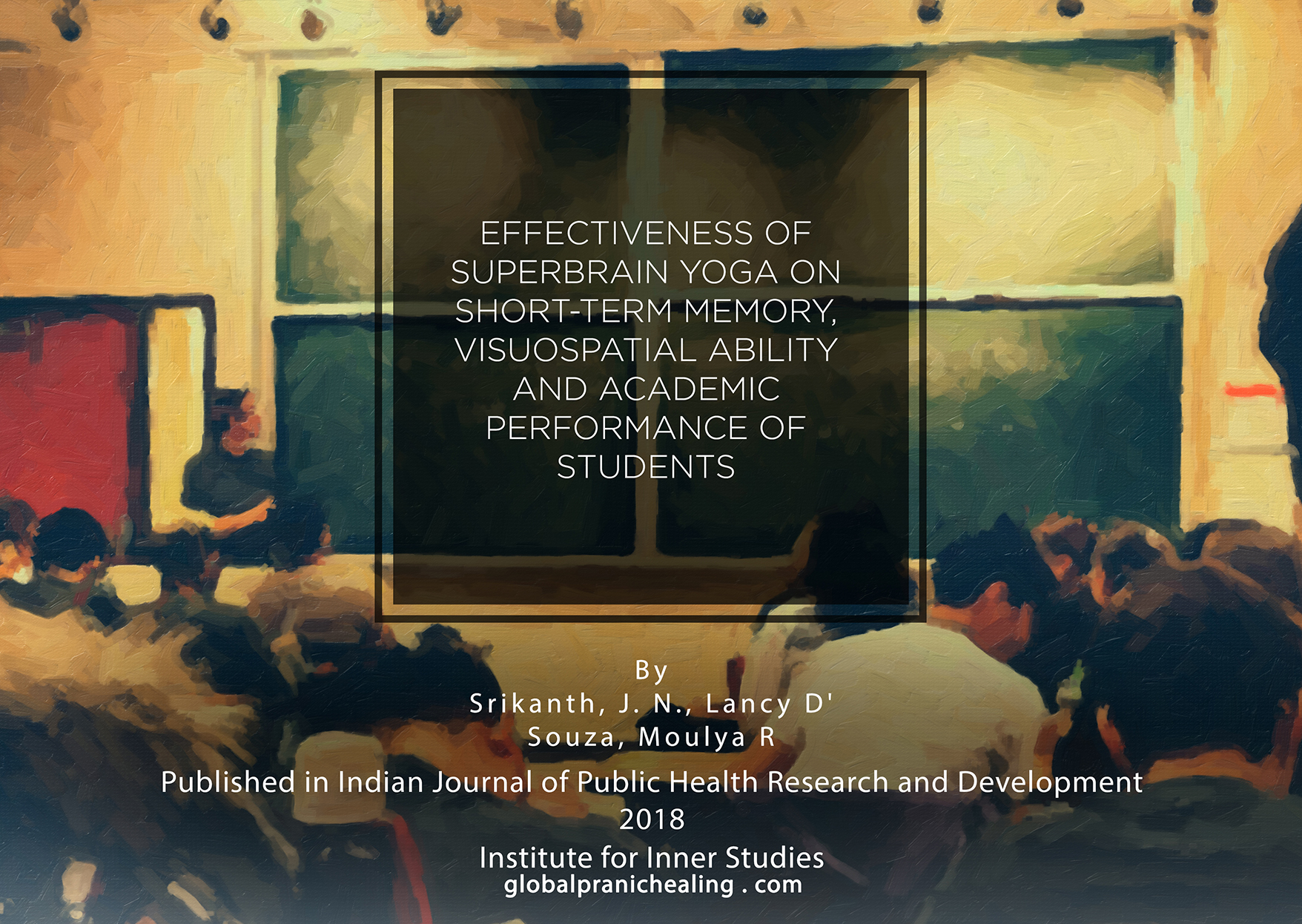
31 May Effectiveness of Superbrain Yoga on Short-Term Memory, Visuospatial Ability and Academic Performance of Students
Abstract:
Superbrain Yoga (SBY) is a simple squatting technique that uses subtle energy to improve the cognitive functioning of individuals. It is based on the principle of ear acupuncture, and subtle energy movement in the body. Aim The present study aims to study the effectiveness of SBY on the short-term memory, visuo-spatial ability and academic performance of students.
Setting and design:
The study was conducted on 65 students from a residential school, of which 27 were females and 37 were males. The sample was in the age range of 10 to 14 years and the mean age was 12.56 years. Method Monkey ladder and rotation tests were used to assess the short-term memory and visuo-spatial ability of the students respectively. Statistical analysis The pre-test and post-test data were collected and the scores were analyzed using repeated measure ANOVA. Results showed that there was a significant improvement in the short-term memory, visuo-spatial ability, and academic performance of students after the implementation of SBY. Also, there was no differential gain in short-term memory, visuo-spatial ability and academic performance based on gender. Conclusion SBY could be used by students for better cognitive functioning.
